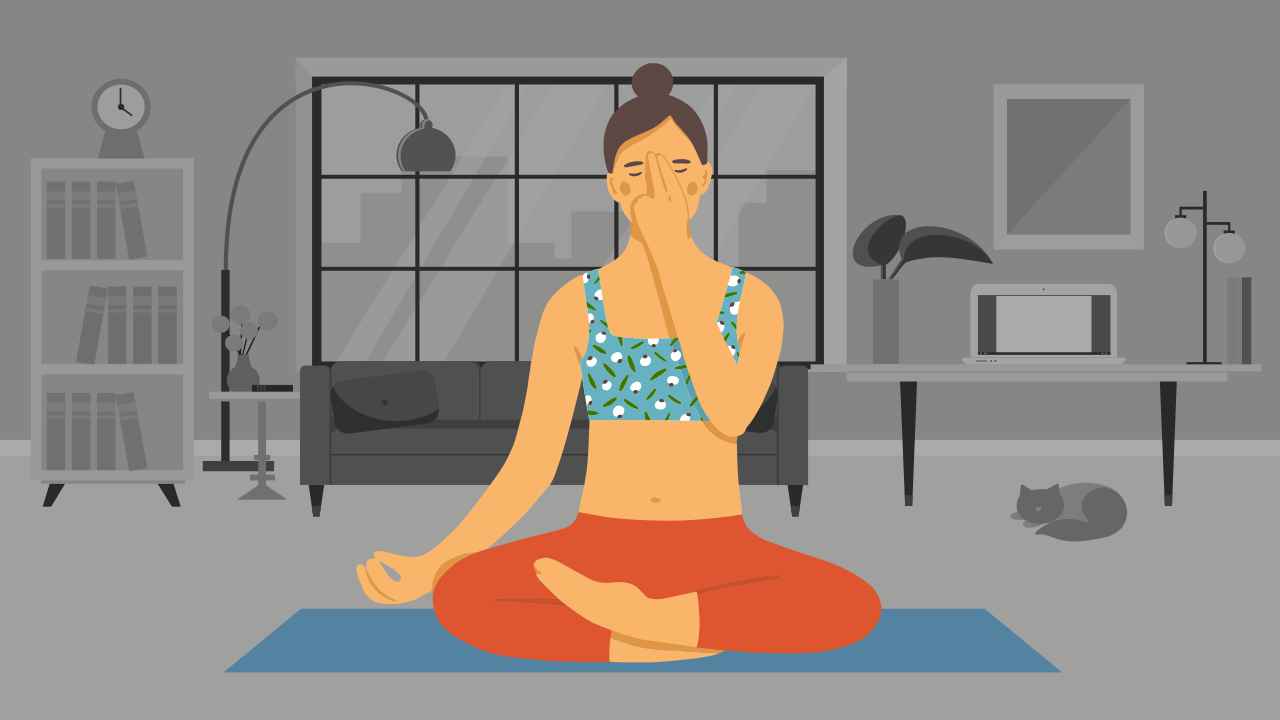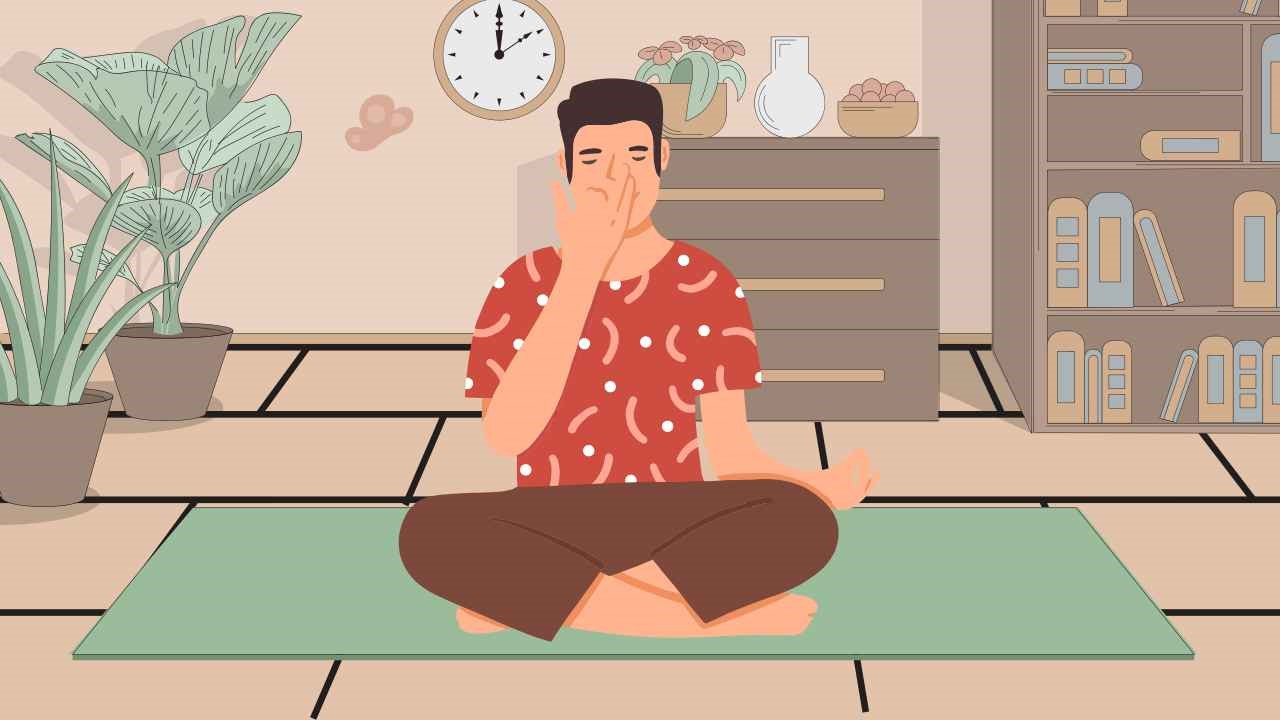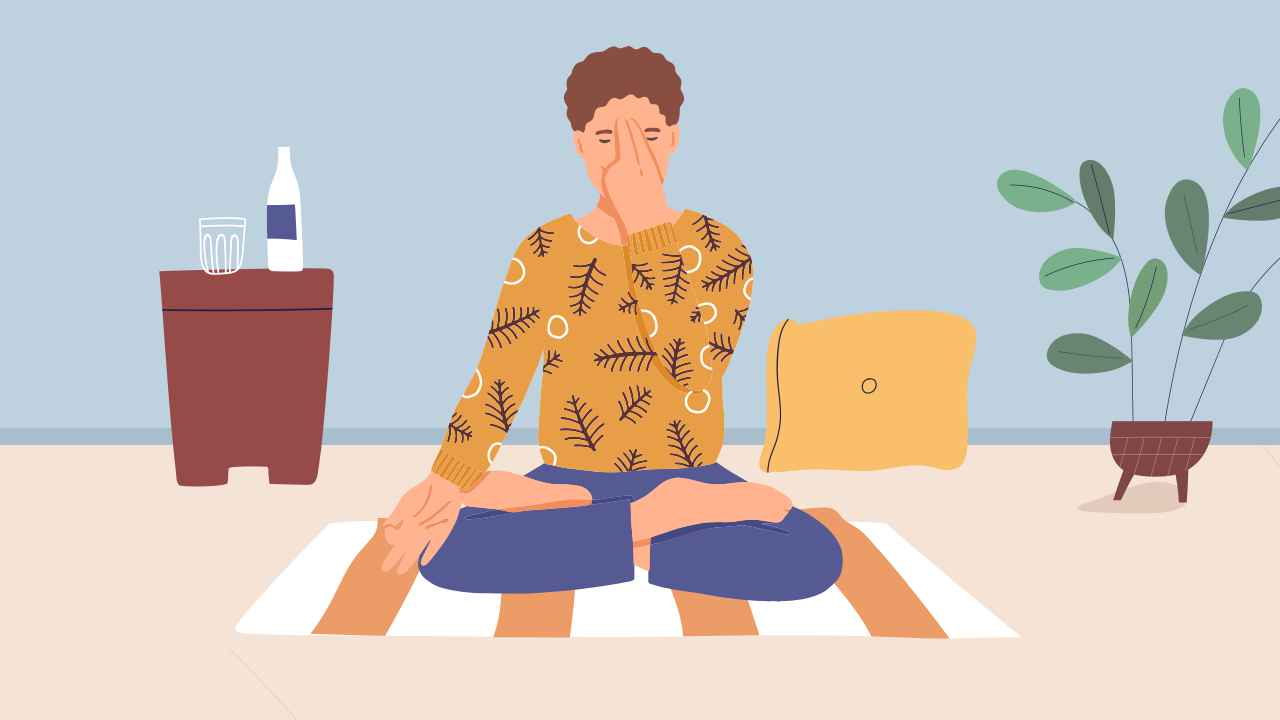
Types of Yoga: A Guide to Help You Choose

Traditionally, yoga has four broad branches, which are classified according to the type of sadhaka or learner. Over time, several other traditions have emerged, each specific to their guru, with unique styles of their own.
There is no rule which says that you must follow only one style. Many modern yogis choose a combination of styles. If you are open to experimentation, try a few styles and pick the one best for you. Your personal goal, level of expertise in yoga and fitness can help you select the right one.
Let us look at each form individually to understand what they offer.

1. Vinyasa yoga
Vinyasa loosely translates to arranging something in a specific way. The sequences of asanas in this type of yoga are aligned in a rhythmic flow and coordinated with your breathing. This is to induce the feeling of its assimilation with the body. In this tradition, movements of getting into and out of a posture are stressed as much as the final posture itself. It may be physically challenging when performed in a fast-paced manner. The instructor chooses the asanas you need to perform.
2. Ashtanga yoga
K Pattabhi Jois popularized Ashtanga Vinyasa yoga in 1948. The core concepts of Ashtanga practice focus on three points of attention or action — pranayama (the breathing system), asana (posture), and drishti (the gaze). Along with Vinyasa (flowing sequences of movements), they involve three levels of purification — body, nervous system, and the mind.
There are 6 series of Ashtanga Vinyasa beginning with primary, intermediate, and advanced A, B, C and D. This allows you to work your way up gradually. You are usually expected to memorize the sequences and the teacher or instructor merely guides and assists you.
3. Power yoga
Started by two of Jois’s students, Beryl Bender Birch and Bryan Kest, power yoga is an offshoot of Ashtanga Vinyasa. It was conceptualized by mixing a few styles to make yoga more accessible to the West. Power yoga has no firm sequencing but is more vigorous in its training approach.
It is a popular studio-themed yoga style, focused on acquiring physical benefits.
4. Bikram or hot yoga
Bikram Choudhary, a controversial yet popular name in the West, conceptualized hot yoga. To replicate India’s humid climate, these classes are performed at a room temperature of 41°C. The beginning series has a sequence of 26 postures with 24 asanas, one pranayama, and one shat karma (purification process). One class usually lasts 90 minutes. The rooms are adorned with mirrors, as students are expected to correct themselves without the assistance of a teacher.
This is an abrasive form of yoga that you must undertake with caution.
Also read: Benefits of Yoga: Top Reasons Why You Should Start Today
5. Iyengar yoga
This style introduced yoga to the world with props. The three important elements of the Iyengar style are — precision (focus on alignment in every asana), sequence (for gradual progression), and use of props (to assist and enable students to practice asanas). Postures are held for a longer time, allowing them to work deep into the body.
The emphasis is on being aware of the movement focusing on alignment
This yoga style appeals to the injured, ill, or elderly as it requires minimum muscular effort and reaps maximum benefits. Various props like blocks, straps, benches, blankets, cushions, chairs, and bands are used.
6. Yin yoga
Yin yoga is a fusion of traditional Chinese medicine principles with asanas. It was introduced by Paulie Zink, a martial arts expert and a Taoist yoga teacher. This complementary form can be practised along with other physical training or yoga styles. A classical Yin yoga session is performed at a slow pace. This helps stimulate the subtle channels of the body (meridians in Chinese medicine, nadis in Hatha yoga), for a soothing and calming effect.
This style increases mobility in joints and improves circulation. You may experience greater flexibility, an overall openness, and grounding with regular practice.
7. Kundalini yoga
This type of yoga is influenced by the Shaktism and Tantra schools of Hinduism. Kundalini is dormant energy that lies at the base of the spine. When activated, it channels upward through the chakras in spiritual realization. Kundalini yoga consists of active and passive asana-based kriyas, pranayama, and meditation. Targeting the whole body system develops awareness, consciousness, and spiritual strength.
Regular practice of mantra, tantra, yantra, yoga, or meditation helps in the awakening of the Kundalini. This is a repetitive process and demands the student’s complete devotion. It was brought to the US by Yogi Bhajan, although its roots go back to Vedantic culture.
It is always advisable to check with your physician and your yoga instructor before you choose a style or a complex asana. Most importantly, you must consider your body’s limitations while picking out an appropriate yoga style. Remember, this fitness form is all about connecting better with yourself.













